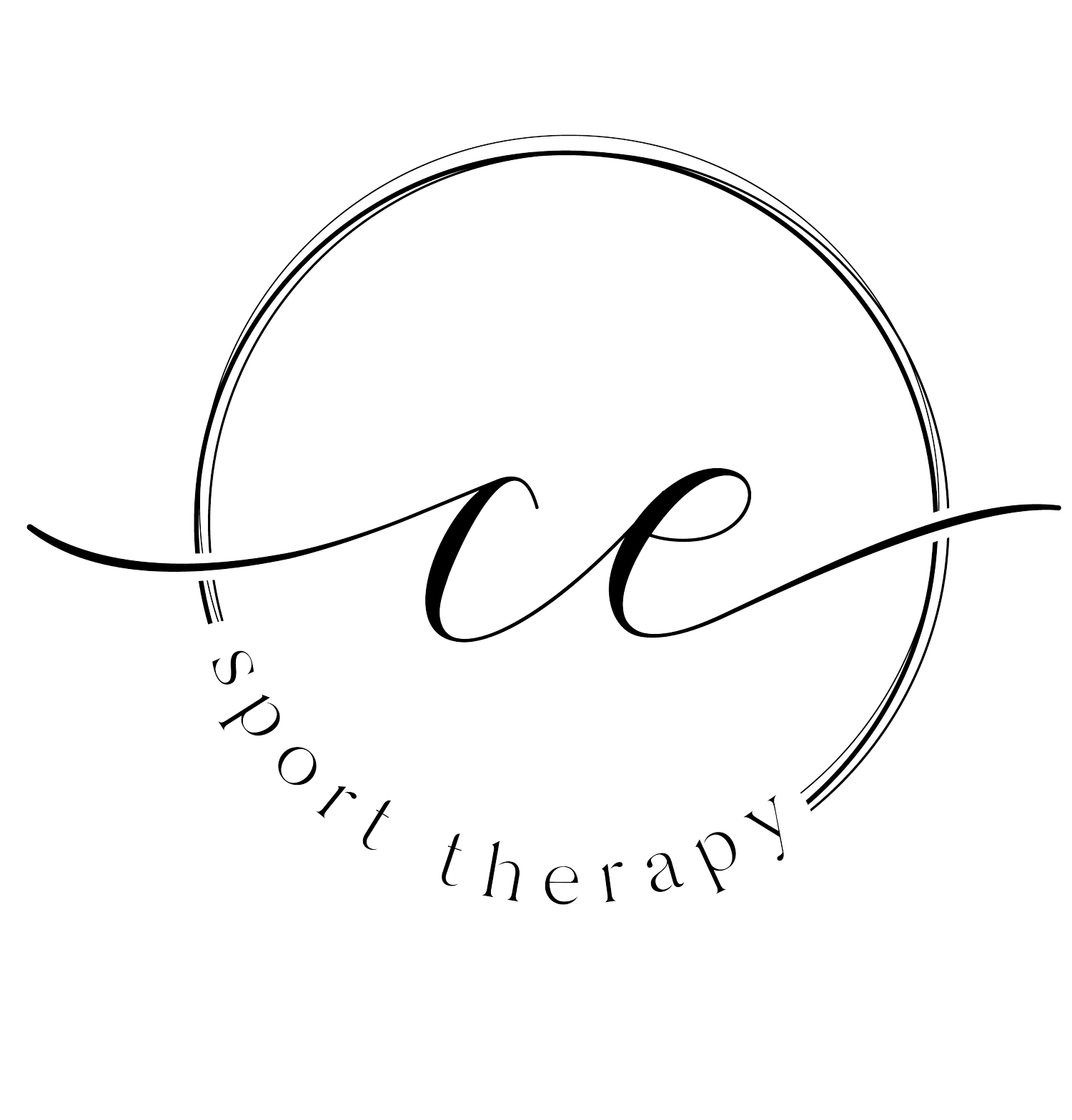Rest and Ice is Outdated! Here’s what to do instead!
Have you heard of the RICE or PRICE principles? (protect, rest, ice, compression, elevation) or even the POLICE principle (protect, optimal loading, ice, compression, elevation)?
While these principles may be helpful for an injury in the short lived acute stage, they don’t give any advice with what to do afterwards!
So What’s better than “RICE”?!
This is where PEACE and LOVE come in — a new principle proposed in 2019 that addresses injury management in the acute stage as well as beyond.
Give Your Acute Injury PEACE:
Protect – For the first few days, protect your injury from further aggravation. This can be with a sling, a splint, or a wrap. While keeping the injury protected is important, try to minimize the amount of rest you give the injury. Let pain be your guide with how much protection the injury needs as well as with how much activity is appropriate. Listen to what your body is telling you!
Elevate – When resting, prop up your injury to be above your heart if possible. You can use pillows, the arm of a couch, folded up blankets – get creative!
Avoid anti-inflammatories – While helpful for pain, anti-inflammatories such as over the counter medications and ice may actually DELAY the healing process. It may sound counterintuitive, but it’s important to let the body’s natural inflammatory processes occur without intervention. After all, there is a reason your body sends inflammation to the injured site. The body is no dummy so who are we to counteract mother nature!
Compression – Instead of using anti-inflammatories aiming to reduce swelling at a chemical level, provide physical compression to your injury. This can be done with tape, bandages, tensor wraps, etc. Remember to make sure it’s not too tight—watch for any numbness or tingling!
Education – Seek a health profession who can educate you on your condition and the benefits of an active approach!
When You’re Ready, Give Your Injury LOVE:
Load – Resume your normal activities as soon as you can do them without experiencing pain. Optimal loading can be guided by a health professional to help prevent aggravating or worsening your pain.
Optimism – Brain power is no joke! While it’s important to stay realistic, working on being optimistic during the rehabilitation process is important for optimal recovery. Celebrate the wins big or small and be open about any fear or hesitations you might be experiencing.
Vascularization – It’s important to get your blood pumping early on after an injury. Whether it’s pumping your ankle after a sprain or squeezing a soft ball after a wrist sprain, encouraging blood flow to injuries is an important part of the healing process.
Exercise – Everyone’s favourite part of rehabilitation, exercise guided by a health professional is crucial throughout the rehab process. Starting appropriate exercises early on and progressing them gradually as you improve is essential to get you back to your starting point as well as to prevent future injury reoccurrence.
Injuries are more than just the initial swelling, bruising, or pain. Even when pain and swelling improve, it’s important to remember that the healing process continues. Our therapists here at CE Sport Therapy can help guide you through this process, taking your goals into account to get you back to doing what you love!
For some free, no obligation guidance, click the button below to request a free first session!
Written by Tatiiana Konkin
Certified Athletic Therapist
Click HERE to learn more about Tatiiana

